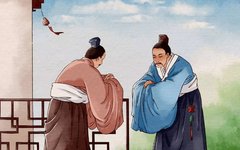

There are countless idioms related to numbers.
However, we often do not know their meanings.
What are the “Seven Emotions” and “Six Desires”?
What are the “Six Relations” in “Six Relations Unrecognized”?
Is “Eight Bowing Friendship” really about eight bows?
Today, let’s explore the meanings of numbers in idioms!


EightbāBowingbàiFriendshipjiāo
Refers to the sworn brotherhood relationship. It is a metaphor for a very close relationship. Originates from “Records of What is Seen and Heard”.
In “Demi-Gods and Semi-Devils”, the three characters Xiao Feng, Duan Yu, and Xu Zhu performed eight bows, each representing an ancient friendship anecdote.
Eight Bows refer to:
Guan Bao Friendship:Guan Zhong and Bao Shuya
Understanding Music Friendship:Yu Boya and Zhong Ziqi
Neck-Cutting Friendship:Lian Po and Lin Xiangru
Life-and-Death Friendship:Jiao Ai and Bo Tao
Glue and Paint Friendship:Chen Chong and Lei Yi
Chicken and Millet Friendship:Yuan Bo and Ju Qing
Life-and-Death Friendship:Liu Bei, Zhang Fei, and Guan Yu
Age-Forget Friendship:Kong Rong and Ni Heng
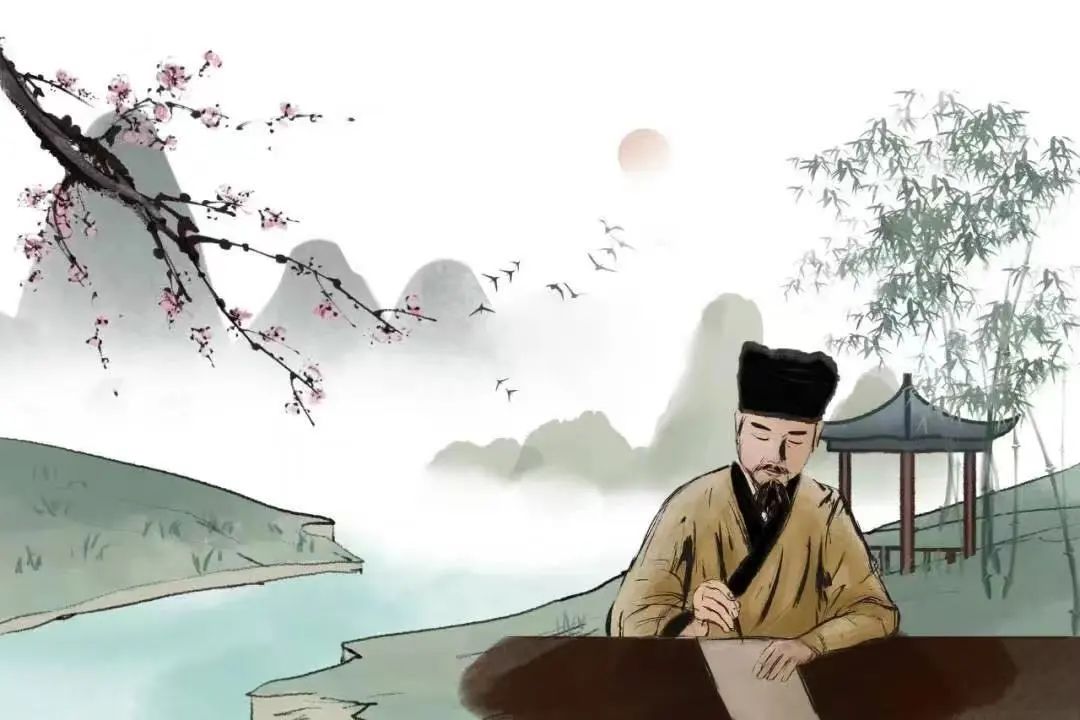
SixliùRelationsqīnUnrecognizedbùRecognizedrèn
Describes a lack of familial affection and human feelings, disregarding relatives.
Which six relations specifically?
According to the “Zuo Zhuan”,father and son, brothers, sisters (father’s sisters), maternal uncles and aunts, and in-laws (wife’s family) and relatives (husband’s family).
According to “Laozi”,father, son, brother, sister, husband, and wife are the six relations.
According to “Book of Han”,father, mother, brother, sister, wife, and son are the six relations.
Later generations generally agree with the third interpretation, which is the closest in blood and marital relationships.
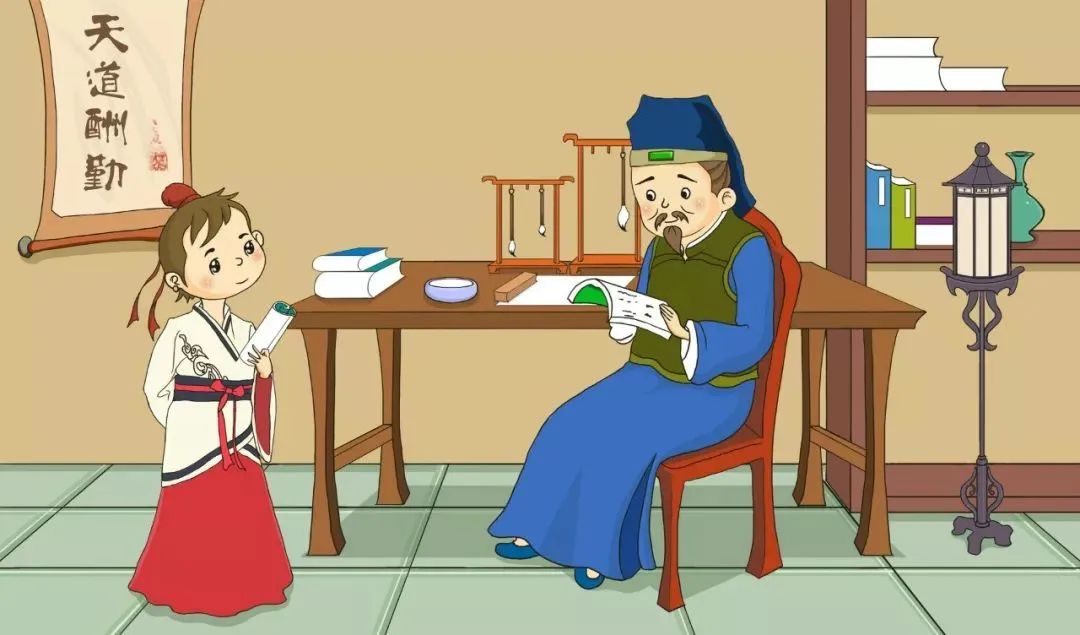
FivewǔGrainsgǔAbundancefēngRisingdēng
Refers to a good harvest year with abundant grain.
The five grains arerice, millet, wheat, barley, and beans.Another interpretation includesrice, millet, wheat, barley, and soybeans.
SevenqīOrificesqiàoProduceshēngSmokeyān
Describes a person so angry that it seems like their mouth, eyes, ears, and nose are about to emit fire; describes extreme anger.
Seven orifices:mouth, two eyes, two ears, and two nostrils.

FivewǔFlowershuāEightbāGatesmén
Originally refers to the “Five Flower Array” and “Eight Gates Array”, which are names of formations in ancient military strategy. Later, “Five Flowers and Eight Gates” metaphorically refers to the jargon of various trades.
Five Flowers:
Golden Chrysanthemum,tea-selling women;
Water Narcissus,singing girls in taverns;
Fire Thorn Flower,performers of tricks;
Earth Cow Flower,porters;
Wood Cotton Flower,doctors treating people on the street.
Eight Gates refer to street vendors who rely on their eloquence to earn a living, namely:gold, leather, color, hanging, horizontal, orchid, glory, and kudzu.
First Gate Gold (also referred to as cloth) – “Gold Point” is a general term for fortune-tellers and diviners.
Second Gate Leather – “Leather” refers to the general term for medicine sellers.
Third Gate Color – “Color” refers to performers of tricks. Those who perform magic tricks are called “Color Performers”, while those who perform Western-style tricks are called “Color Tang Performers”.
Fourth Gate Hanging – Those who practice skills and perform in markets and temple fairs are humorously referred to as “Hanging People” by the folk.
Fifth Gate Horizontal – Robbers and thieves. From various mountain bandits to petty thieves in the market.
Sixth Gate Orchid – Comedians.
Seventh Gate Glory – Those who set up tents and make paper offerings.
Eighth Gate Kudzu – Those who sing big drums.

FoursìGreatdàAlljiēEmptykōng
A Buddhist term.
The four greats in Buddhism refer to“Earth, Water, Fire, Wind” as the four material elements.
SevenqīEmotionsqíngSixliùDesiresyù
Seven emotions and six desires: refers to various human emotions and desires.
Seven emotions: the seven human emotions generally refer tojoy, anger, sorrow, fear, love, hatred (wù), and desire.
Six desires: in Buddhism refer tosexual desire, desire for appearance, desire for demeanor, desire for speech, desire for smoothness, and desire for human form as six types of desires, generally referring to various human desires.
ThreesānFollowingcóngFoursìVirtuesdé
The three followings refer to“Before marriage, follow the father; after marriage, follow the husband; if the husband dies, follow the son.”
The four virtues are“Virtue, Speech, Appearance, and Work” (the qualities, words, demeanor, and skills of women).

ThreesānPrinciplesgāngFivewǔConstantscháng
The “Three Principles” refer tothe relationships between father and son, ruler and minister, husband and wife.
The “Five Constants” refer to the five constant virtues of humanity,benevolence, righteousness, propriety, wisdom, and faith. collectively known as “Principles and Constants”.
AgreementyuēLawfǎThreesānChapterszhāng
In 207 BC, Liu Bang entered the Qin capital of Xianyang.
To win the people’s hearts, he agreed on three laws for the army:those who kill must die, those who injure must be punished, and those who steal must be judged.
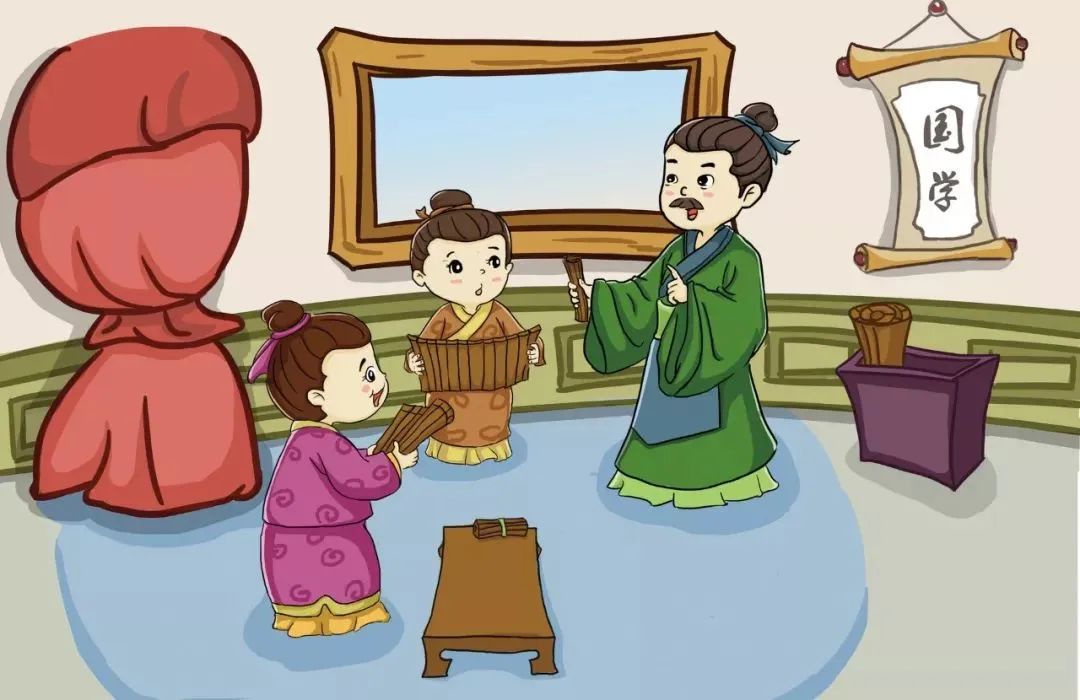
LiterarywénRoomfángFoursìTreasuresbǎo
The Four Treasures of the Study are unique Chinese tools for calligraphy and painting (writing and painting tools), namelybrush, ink, paper, and inkstone.
Since the Song Dynasty, “Four Treasures of the Study” specifically refers to Xuan brushes (from Xuancheng, Anhui), Hui ink (from Shexian, Anhui), Xuan paper (from Jingxian, Anhui), She inkstones (from Shexian, Anhui), Tao inkstones (from Zhuoni County, Gansu), and Duan inkstones (from Zhaoqing, Guangdong, formerly known as Duanzhou).
FivewǔViscerazàngSixliùBowelsfǔ
Viscera refers to the organs within the thoracic and abdominal cavities that are dense and can store, secrete, or produce vital energy, namelythe five organs: heart, liver, spleen, lung, and kidney.
Six bowels refer togallbladder, stomach, small intestine, large intestine, bladder, and san jiao (triple burner)..
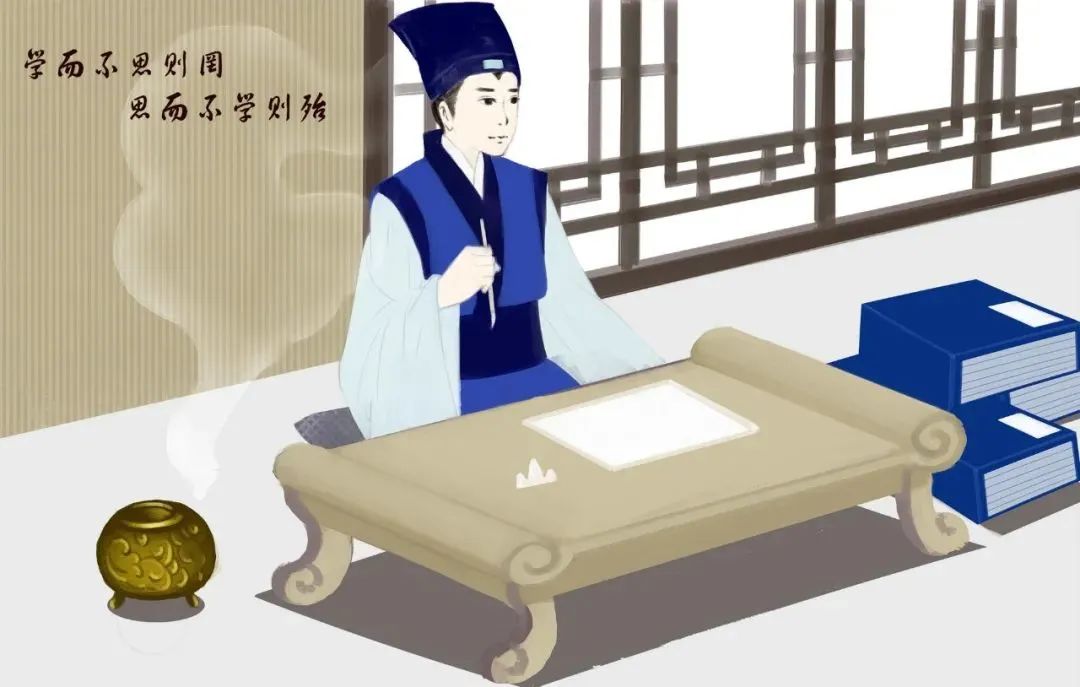
ThreesānTeachingsjiàoNinejiǔStreamsliú
The three teachings refer toConfucianism, Buddhism, and Taoism.
The nine streams refer to the nine major academic schools from the pre-Qin to the early Han period, including Confucianism, Yin-Yang school, Taoism, Legalism, Agricultural school, Name school, Mohism, Diplomacy school, and Miscellaneous school.
The nine streams also refer to occupational identities, divided into “Upper Nine Streams”, “Middle Nine Streams”, and “Lower Nine Streams”.
Upper Nine Streams: emperors, sages, hermits, child immortals, literati, warriors, farmers, artisans, and merchants.
Middle Nine Streams: candidates, doctors, fortune-tellers, painters (those who sell paintings), scholars, musicians, monks, Taoists, and nuns.
Lower Nine Streams: clerks, yamen runners, weighers, matchmakers, foot soldiers, swindlers (including witches), thieves, and prostitutes.
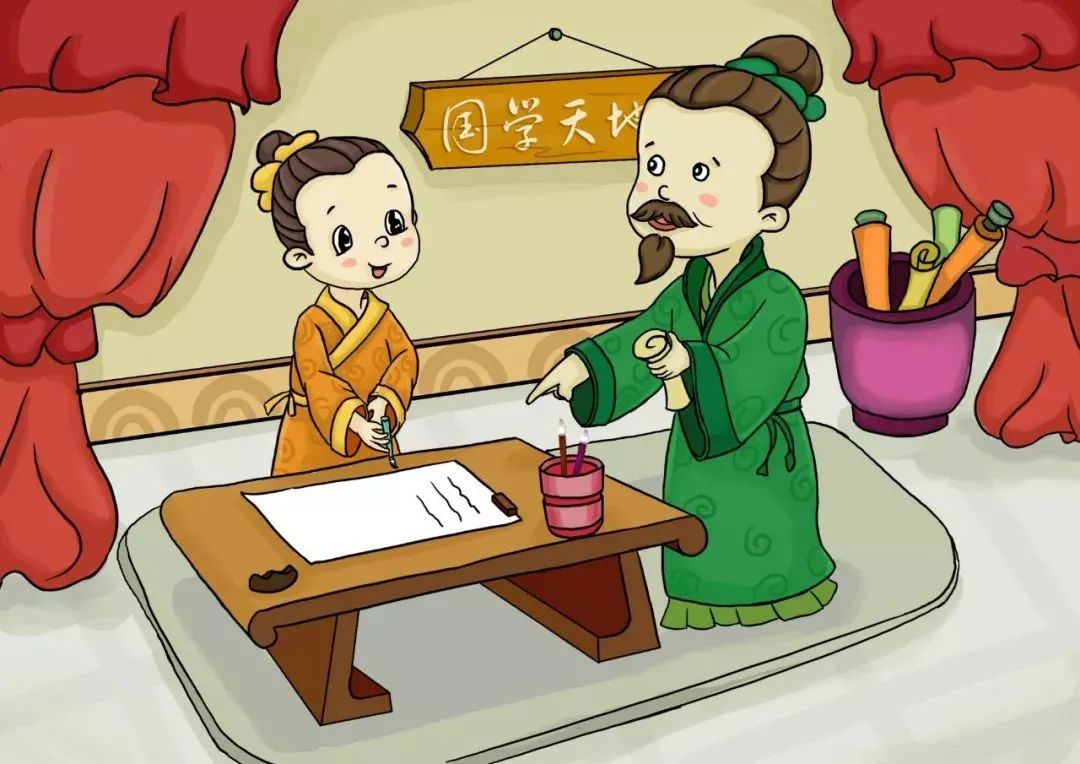
FivewǔFortunesfúArrivelínat themén
Originating from “Book of Documents: Great Plan”: “Nine, Five Fortunes: First is Longevity, Second is Wealth, Third is Health, Fourth is Good Virtue, Fifth is Good End.”
The five fortunes mean: the first fortune is “Longevity”, the second fortune is“Wealth”, the third fortune is“Health”, the fourth fortune is“Good Virtue”, and the fifth fortune is“Good End”. Some abbreviate it as Longevity, Wealth, Health, Virtue, and Good End.


Source: Tang Poetry, Song Ci, Yuan Qu
Published by: Cultural, Sports, Tourism and Broadcasting Bureau of Urat Front Banner

